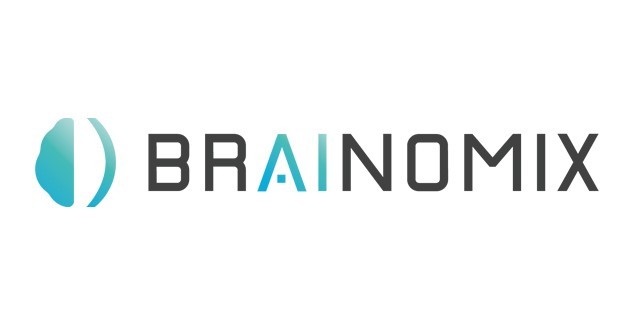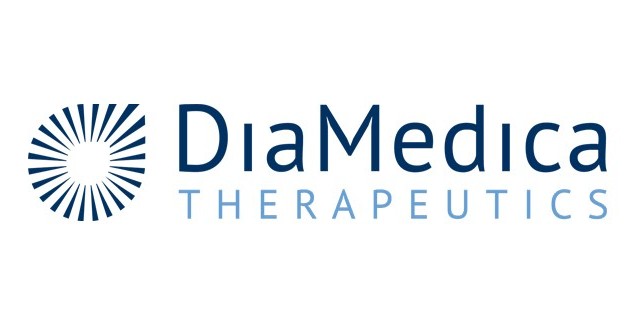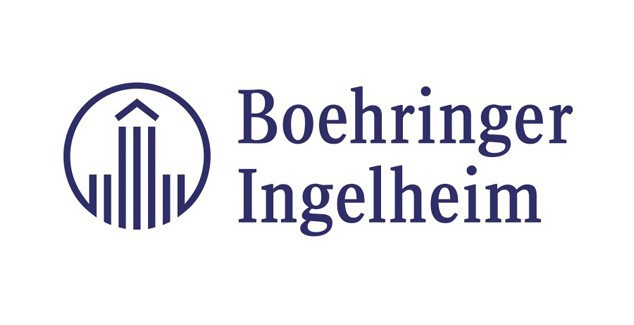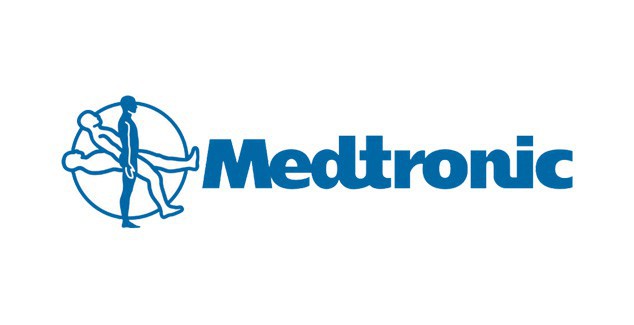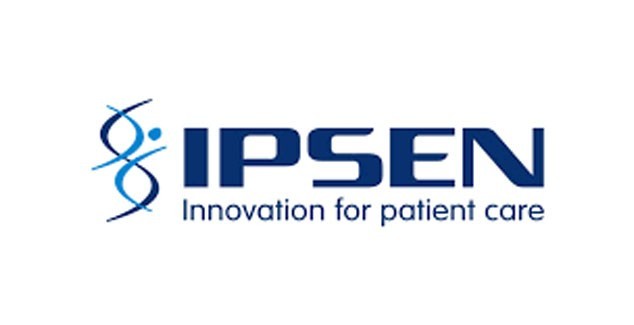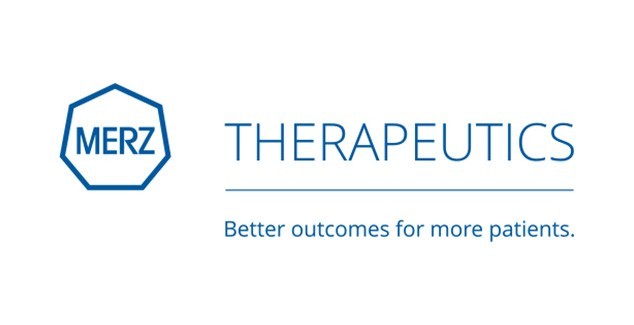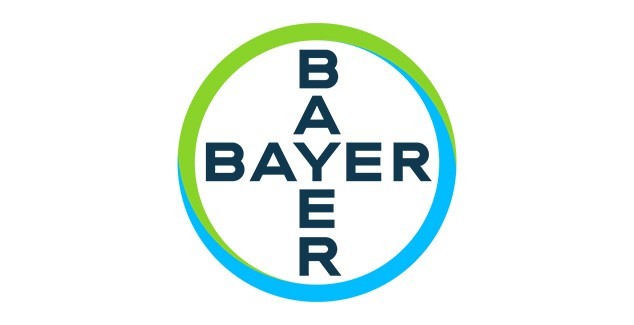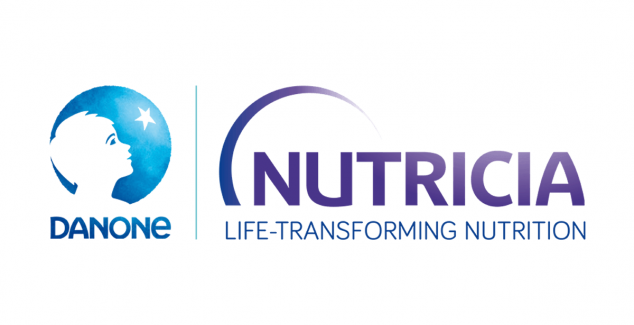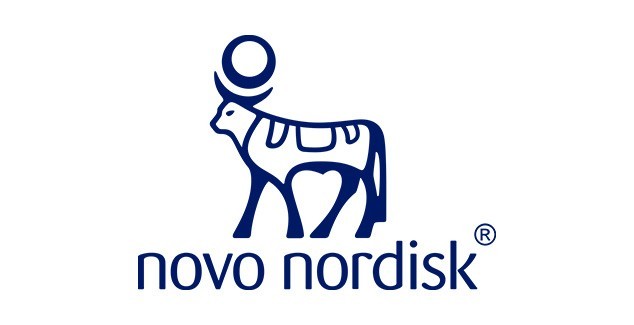The 72nd session of the WHO Regional Committee for the Western Pacific will be held on Oct 25-29, 2021 in Himeji Japan. Dr. Epifania Collantes is attending this hybrid session as WSO’s representative
The World Stroke Organization collaborates closely with WHO to promote stroke prevention in order to contribute to the achievement of WHO’s Global Action Plan for the Prevention and Control of NCDs.
Since the majority of strokes occur in low- and middle-income countries, programs on stroke prevention should be a top priority. Despite programs for smoking cessation, healthy lifestyle campaigns, increased taxation of tobacco and alcohol and nutritional programs, the global burden of stroke continues to rise exponentially. The World Stroke Organization is committed to strengthening advocacy efforts on primary prevention of stroke. However, it needs multi-faceted strategies, adapting to the current COVID-19 context.
The World Stroke Organization’s Cut Stroke in Half prevention framework calls for governments and health systems to focus their efforts towards medium- and high-risk populations with an approach that combines improved access to risk factor screening and medication, development of a stroke-trained community health workforce, and improved public awareness, alongside the development of mobile technologies.
Adapting to the changing times, the use of digital mobile technologies will help educate people and increase stroke awareness, facilitate quick and efficient communications among health care workers and hospitals, lead to a more efficient work flow and faster decision making. One such mobile application is the Stroke Riskometer, a risk assessment and stratification tool. Another app, JoinTriage, aims to assist paramedics and EMTs to quickly and accurately triage patients, ensuring that they receive the care they need as fast as possible.
Improving population based strategies is crucial. This includes equitable access to services for primary and secondary stroke prevention, acute stroke care, stroke rehabilitation and community engagement for support to care givers and stroke patients. Telemedicine improves care and saves lives. In developing countries with stroke occurring at younger age, single polypill interventions could be given to populations at risk.
Fighting to curtail the stroke epidemic requires a multi- faceted approach and needs a strong partnership with WHO and other agencies.

 Member login
Member login
